Sightseeing Spots
Search Results314
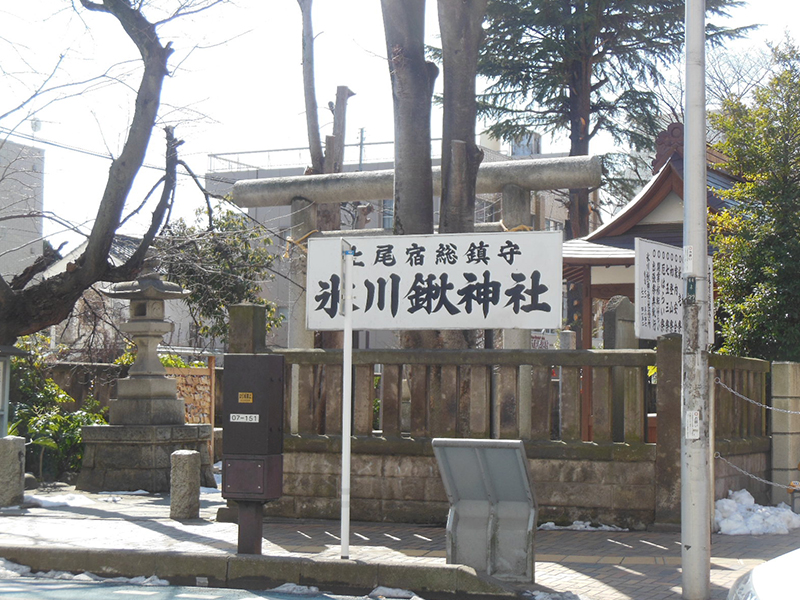
Hikawakuwa Shrine has been a local favorite since its establishment during the Edo period. In addition to the main shrine, the grounds include two halls dedicated to the god of learning, Tenjin, and Chinese philosopher, Zhu Xi. There is also a shrine monument to the life of Unmuro, the Hall of Prince Shotoku, and the Sengen Shrine.
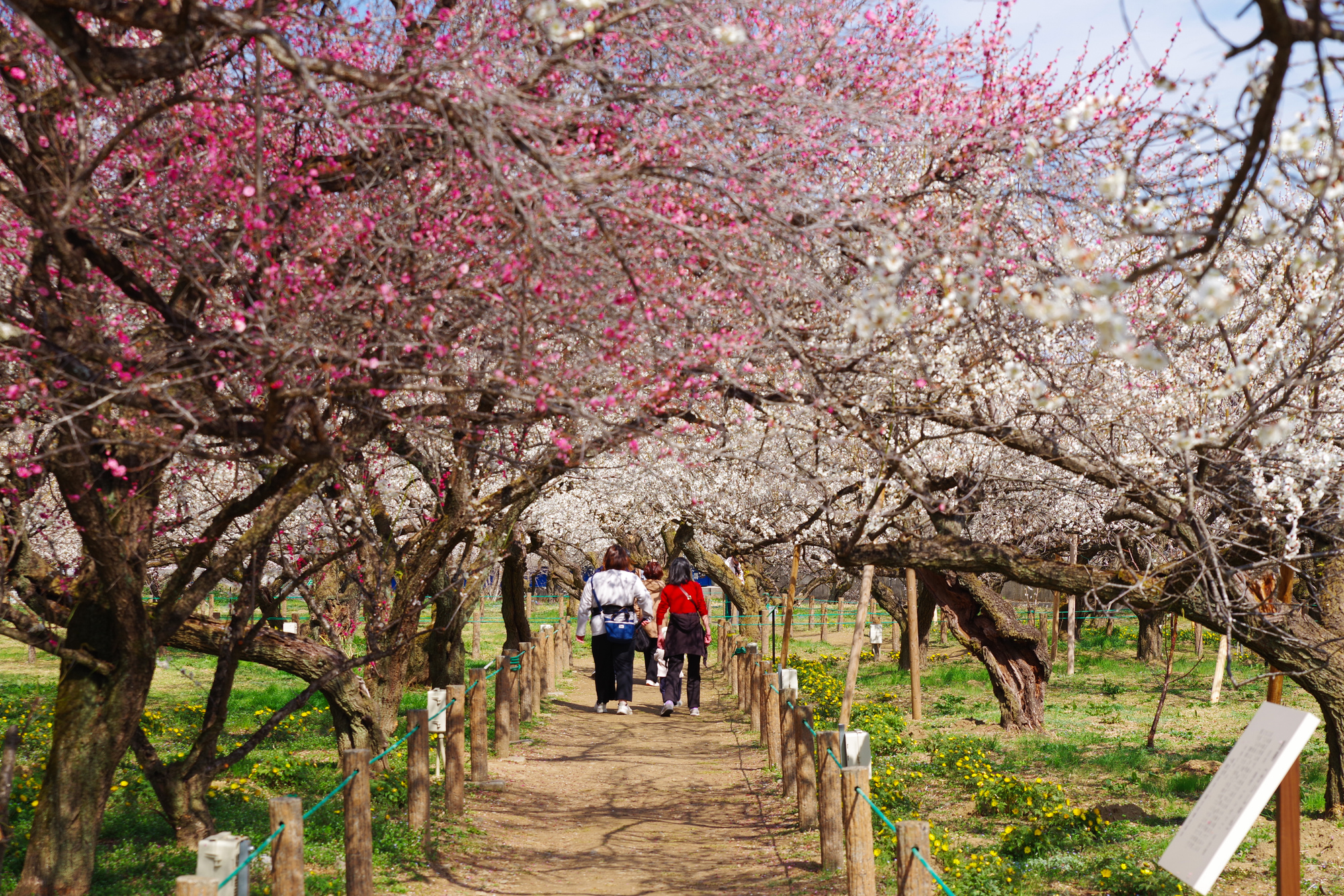
The Ogose plum grove dates back to the separation of Umezono Shrine from Dazaifu Tenmangu Shrine. Named after Heian period scholar, poet, and politician, Sugawara no Michizane, this grove of trees is recognized as one of the three major plum groves in Kanto. The park covers an area of around 2 hectares and is home to about 1,000 plum trees such as Shirakaga, Kobai, Koseno-ume, and most notably an ancient plum tree called Kaisetsu, estimated to be 650 years old. The Mini SL steam locomotive train running through the park is also rare within Japan. Around 20,000 plum trees, including the surrounding area, are in full bloom during peak season.
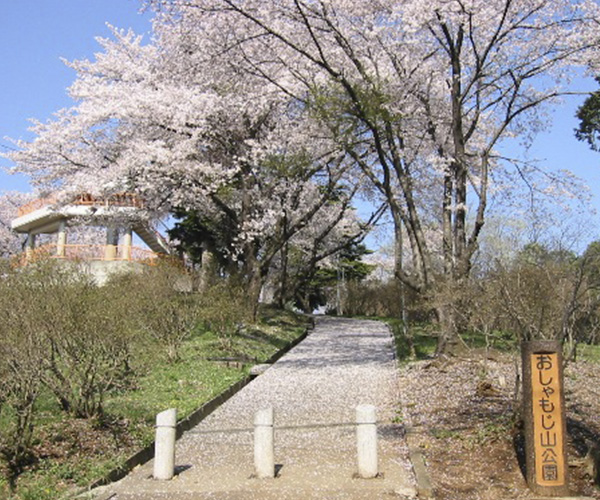
In the spring, cherry blossoms bloom and azalea flowers cover the mountain at Oshamoji-yama Park, located at the town's south entrance, and the many revelers make for a boisterous flower-viewing party. The Shamoji mother-goddess (god Oshamoji) is enshrined in a hokora (miniature shrine) at the foot of the mountain, thus the park is named “Oshamoji-yama.” The Kanto Plain and mountains of Chichibu can be seen from the park's observatory.
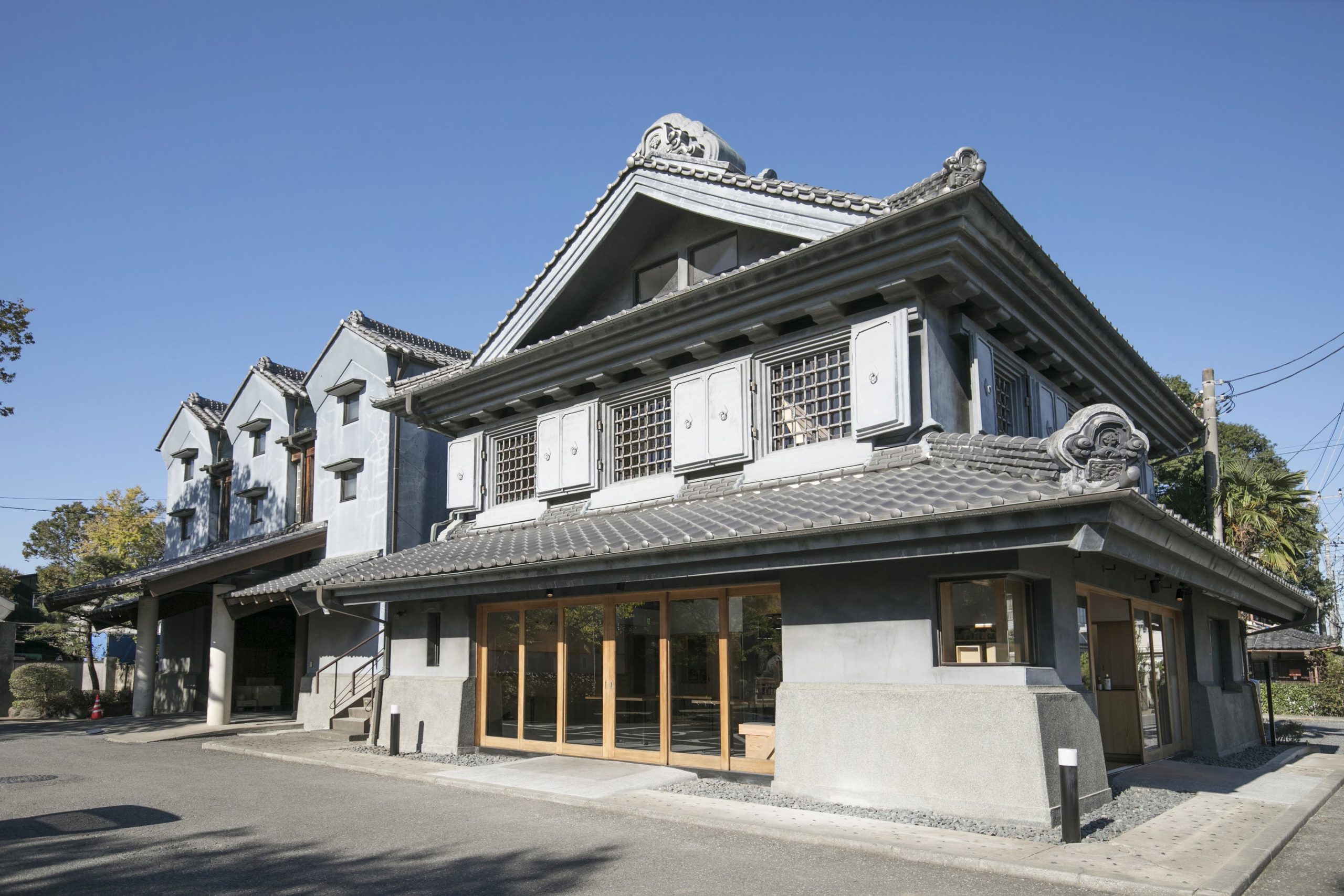
At “Kinbue Syoyu Park” (Soy Sauce Theme Park) in Kawashima-machi, Saitama Prefecture, visitors can enjoy "eating," "learning," "shopping" and "playing" at the "Kinbue Soy Sauce School," a soy sauce brewery factory tour, and the "Soy Sauce Brewery Restaurant." The museum is managed by Fueki Syōyu, a long-established soy sauce brewery founded in 1789. (For more information regarding the facility, please refer to the URL below)
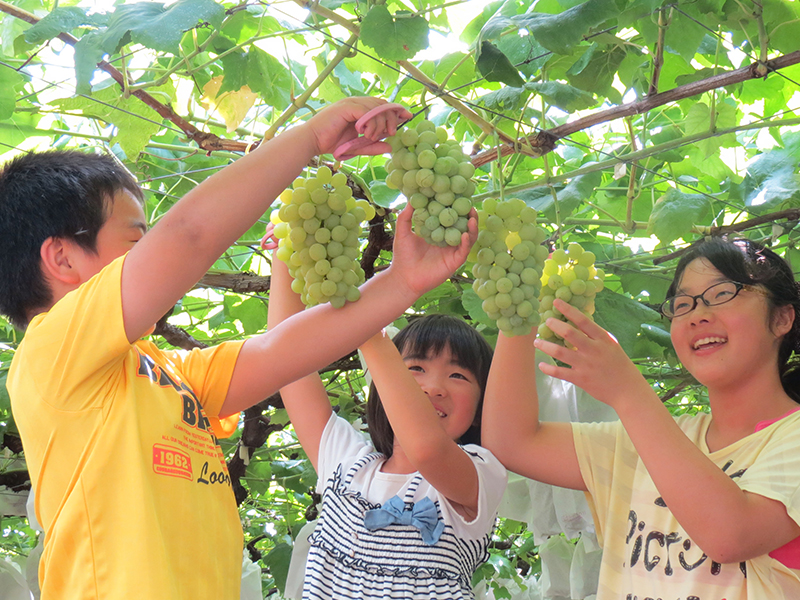
Please contact the farms listed in the link below for information about grape picking in Yokoze Town! Prices vary depending on the type of grape. You can also purchase grapes at the Ashigakubo Roadside Station (The farms will ship grapes when they are ready to eat. We apologize for any inconvenience if they are sold out). All farms incorporate appropriate hygiene precautions for a safe and comfortable visit.
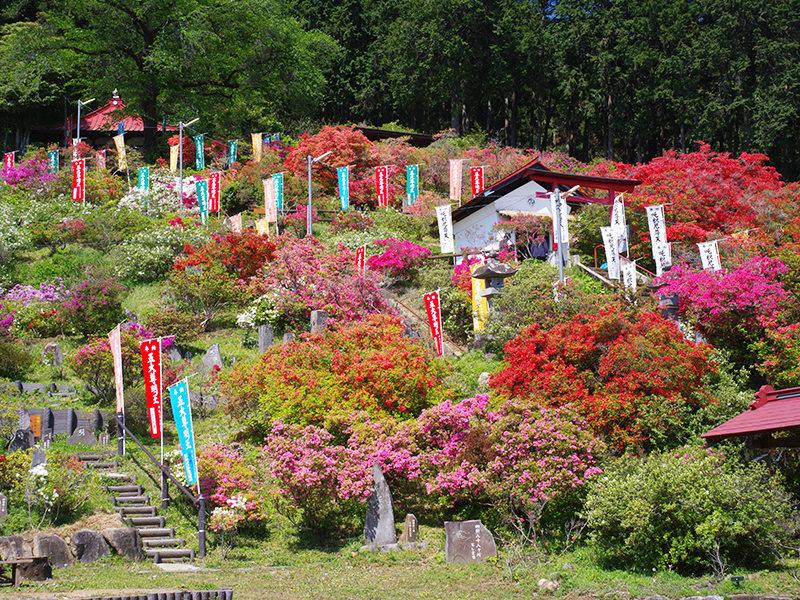
Ancient trees, said to have been planted more than 350 years ago, line either side of the stone steps of Godaison, where the five statues of Myo-o, the gods of wisdom, are enshrined. The adjacent Azalea park is one of the best Azalea viewing spots in the Kanto region, with about 10,000 azalea plants in bloom.
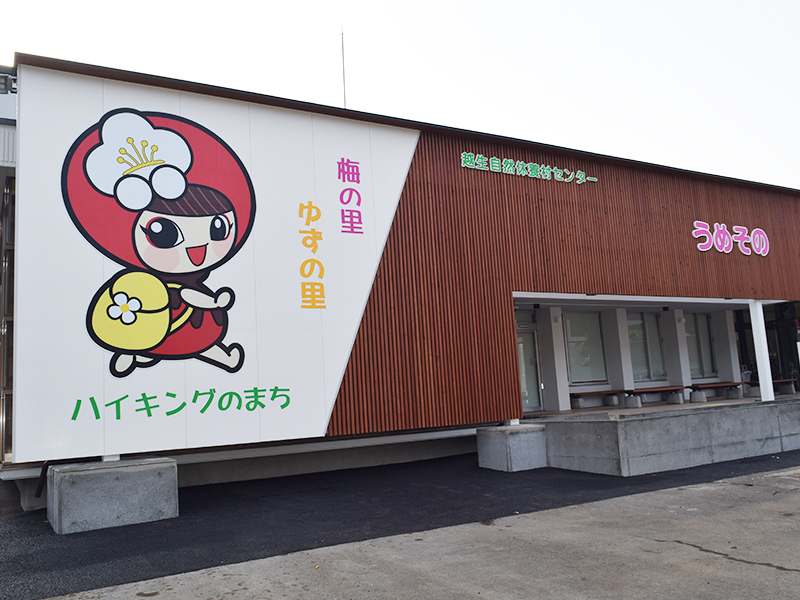
At Umesono, you can buy products made from Ogose's local specialties, ume (plum) and yuzu (Japanese citrus). The central location makes it a popular resting place for hikers and other travelers.
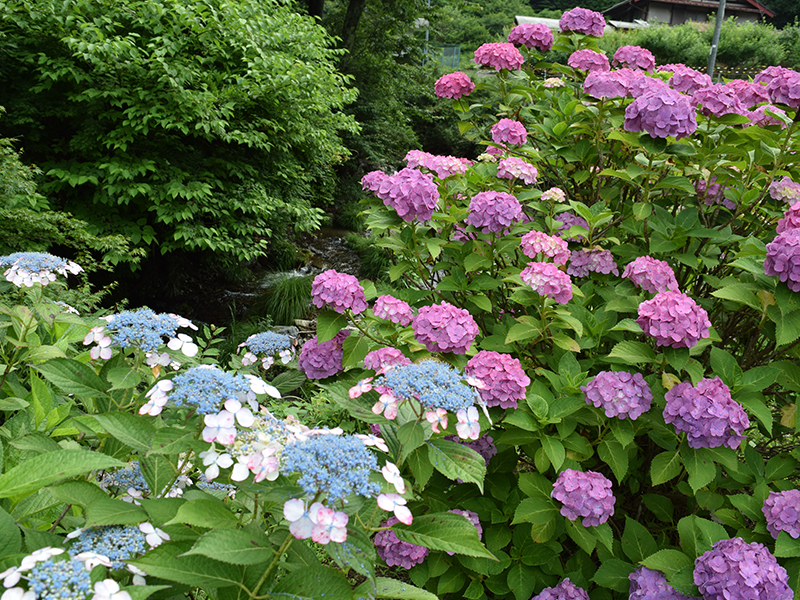
There are around 1,500 hydrangea plants in bloom along this 3-kilometer-long road, and you can enjoy the fresh air and chirping of birds while surrounded by nature.
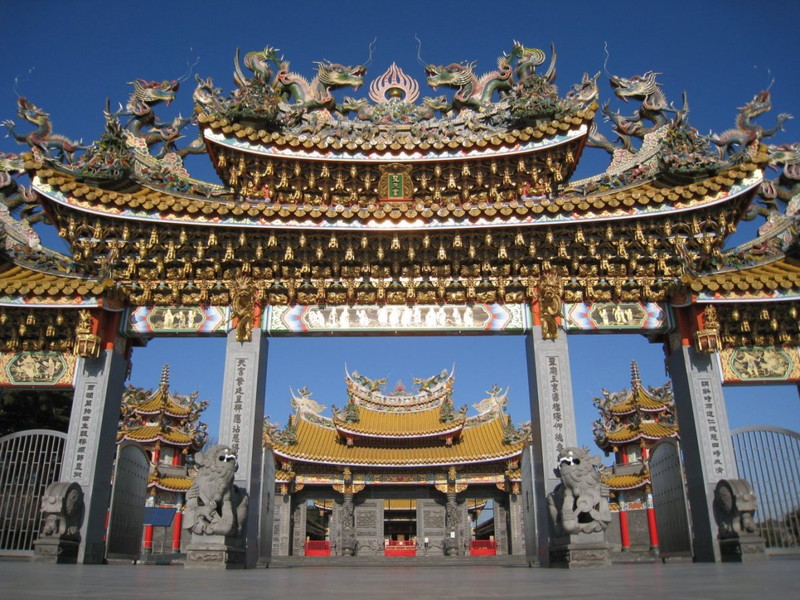
The largest Taiwanese Shinto shrine in Japan. This gorgeous structure is worth seeing at least once. The spiral ceiling assembled without any nails, the 5-meter Kowloon stone pillar, a 4-meter door with wood carvings of warrior gods and a coffered ceiling with dragons. You can experience authentic Taiwanese-style worship and omikuji (fortune slips) here.
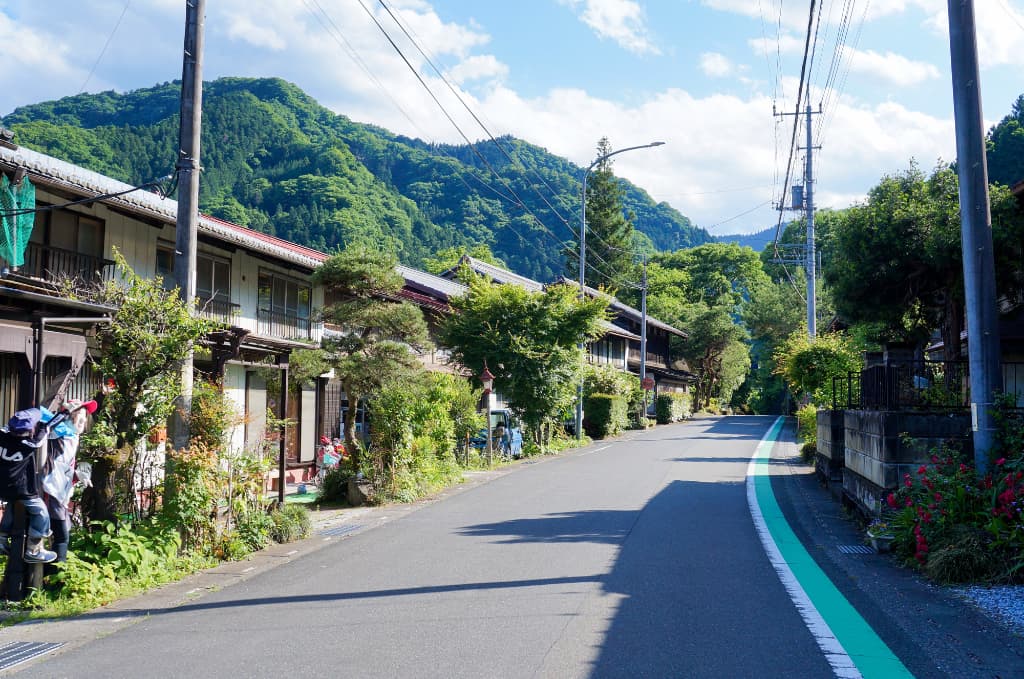
Niekawa-juku was a thriving post town during the Edo period that served as a junction for routes leading to Koshu (Yamanashi Prefecture), Joshu (Gunma Prefecture), and Shinshu (Nagano Prefecture). It flourished due to heavy merchant traffic, with over 20 inns lining the streets. Palanquins carrying pilgrims to Mount Mitsumine also started their journeys from here, adding to the town's bustle. However, when the local railway station opened, fewer people used the old highway, so the town gradually declined. Around 2016, a community revitalization project began to restore the former liveliness by creating a "scarecrow village” (kakashi no sato). More than 60 unique and charming scarecrows have been placed throughout, delighting visitors. These scarecrows feature varied appearances with meticulously crafted clothing and accessories that are so lifelike, they seem ready to spring into action, bringing vibrancy back to the town. You can reach Mitsumineguchi Station, where Niekawa-juku is located, by taking the SL Paleo Express. In 2020, SL Tenshadai Park opened at Mitsumineguchi Station, where visitors can observe coal handling operations such as coal trimming and watch a turntable rotate steam locomotives up close. Kakashi: Dolls or figures placed in fields to prevent birds and other animals from damaging crops. *The figures sitting in the image are kakashi.
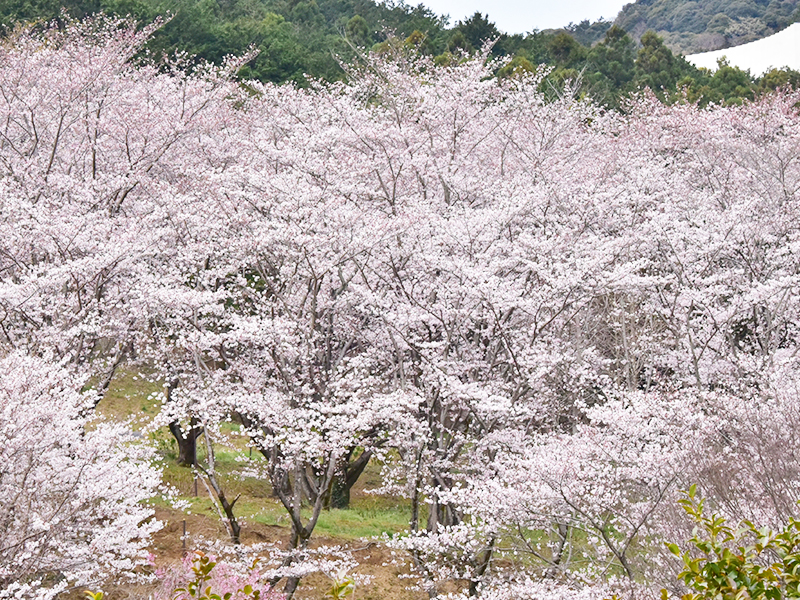
Around 300 Someiyoshino cherry trees are in full bloom at Sakuranoyama Park in early April and the mountain peak boasts a view that overlooks the Saitama-Shintoshin area. A large fireworks display is held every year on the second Saturday of May.
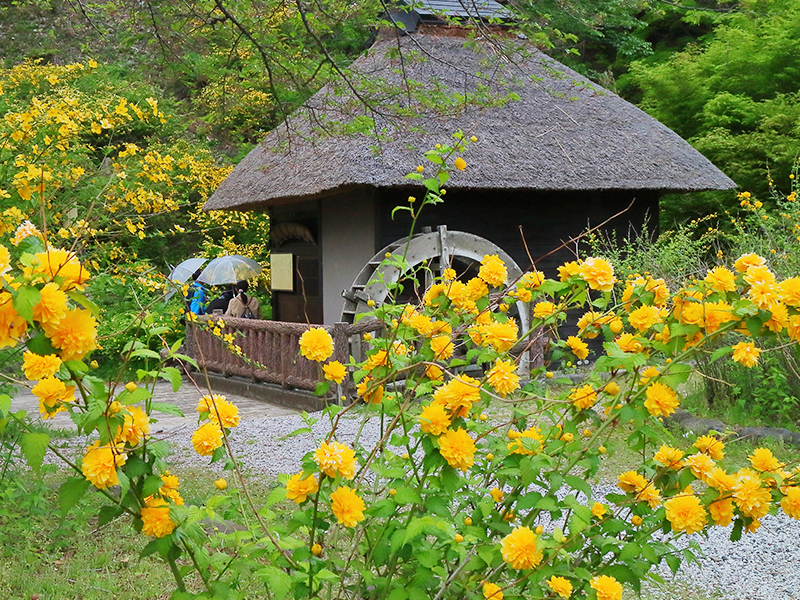
Yamabuki no Sato is associated with Ota Dokan, who was also famous for writing Japanese waka poetry. In the spring, about 2,500 Japanese rose trees sway in the breeze and match with the water mill hut to create an elegant atmosphere.
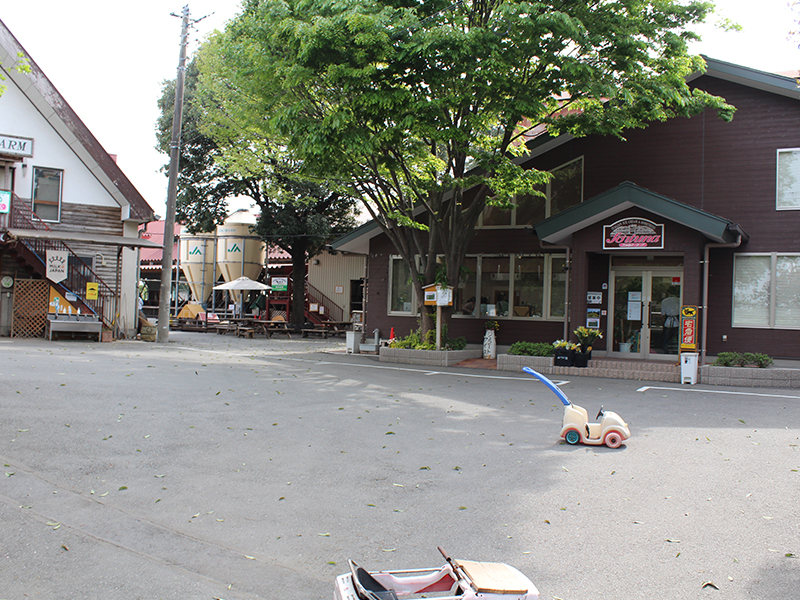
This dairy farm allows visitors to experience farm life and enjoy freshly made gelato ice cream and yogurt. In addition to dairy cows, the farm is home to a variety of animals, including chickens, Japanese Bantam (ornamental chickens), mini pigs, rabbits, guinea pigs, and more. Kids can also play with toy cars and tricycles donated to the farm by locals. Enjoy the view of the Arakawa River and its surrounding nature while tasting some of the best fresh gelato ice cream you've ever had. Enoboku, a miniature Hokkaido, hidden in the beautiful Ageo!
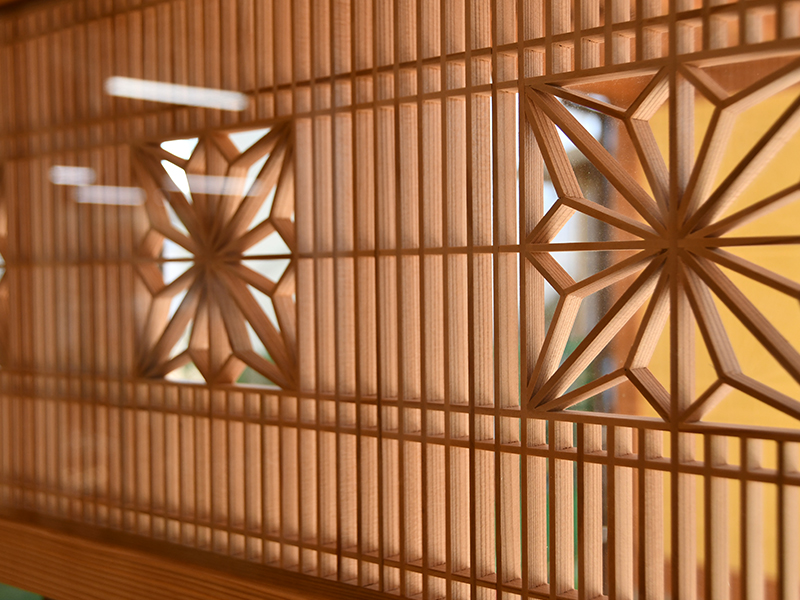
Doukan Omotenashi (hospitality) Plaza provides information on Ogose Town tourist attractions, historical sites, hiking trails, cherry blossom forecasts, and specialty products. Be sure to stop by when visiting Ogose Town!
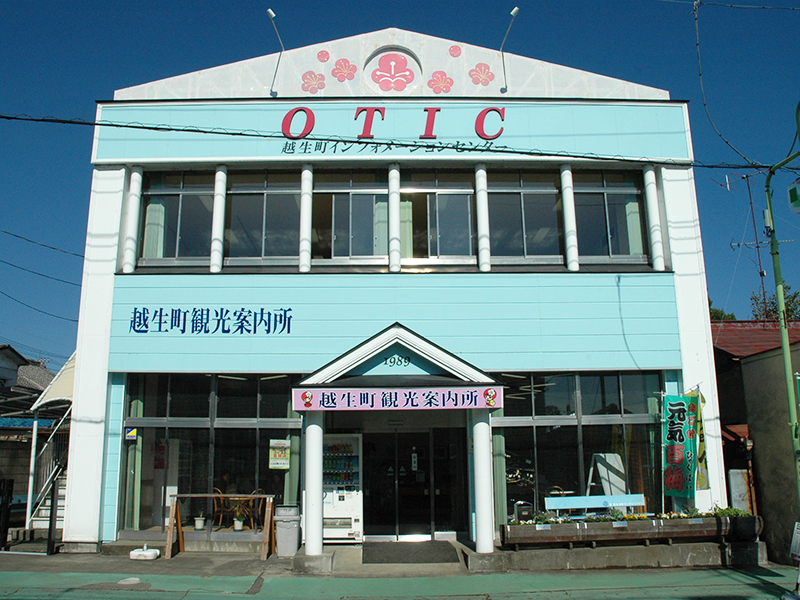
Located immediately next to the Ogose Station West Exit, this facility is used by many as a rest spot and meeting place, as a rendezvous point for hiking and to purchase souvenirs and light meals (rice balls, pizza, coffee, juice). There is also a free shuttle bus to SPA O Park OGOSE that departs from in front of the facility.
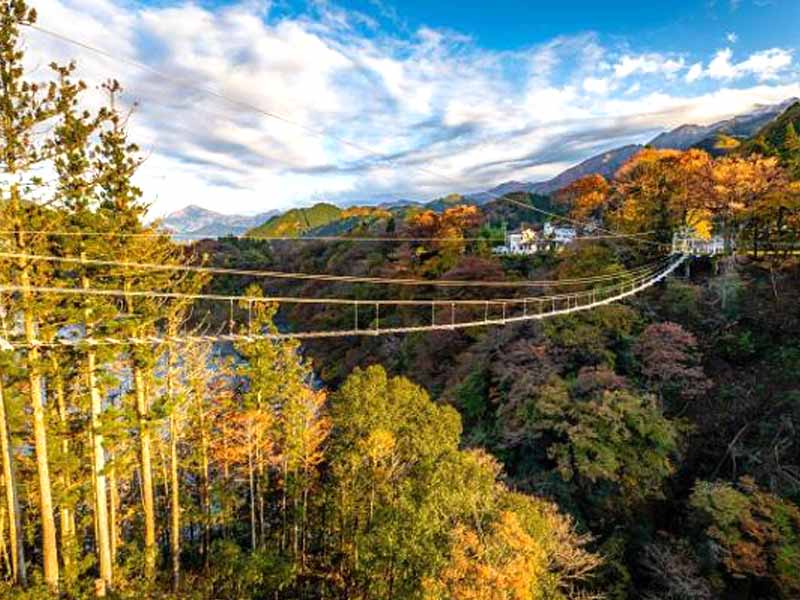
You can enjoy a variety of gravity-based activities from suspension bridges built on the banks of the Arakawa River using the piers of the former Shirakawa Bridge. Wear a harness and walk on the suspension bridge, cross the Arakawa Valley while connected to a cable, or swing over the valley on a trapeze! You can even bungee jump! Enjoy the great outdoors of the Arakawa Valley while taking part in many thrilling activities!
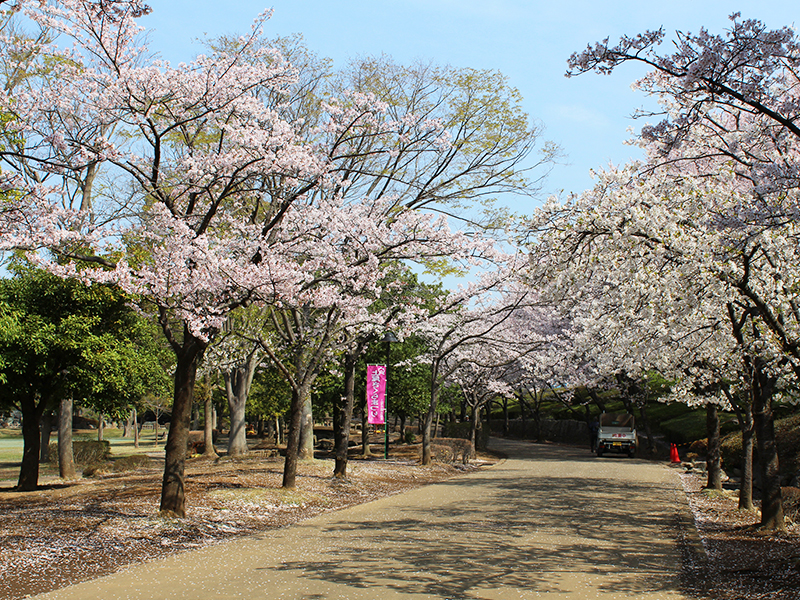
Ageo Maruyama Park was opened in 1978 with the theme "a harmony of greenery and water." It has a small animal corner, a children's amusement park, a barbecue area, a nature learning center, and a large pond, making it a popular place to visit.
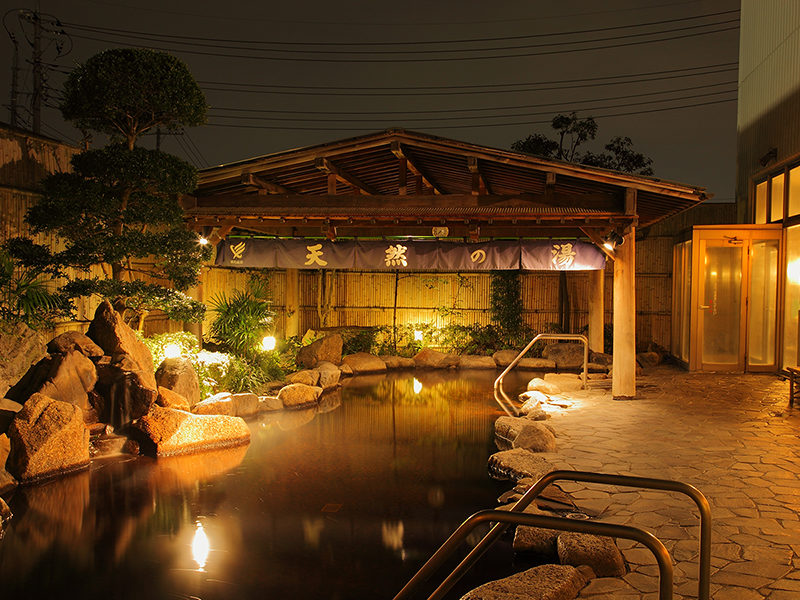
The waters of this hot spring contain no sodium, classifying it as a "simple" alkaline hot spring, a rarity in the Kanto region. The color of the water is dark brown but sparkles gold when hit by sunlight. Soaking in the hot spring will make your skin smooth, and you are guaranteed to have a relaxing time.

Built on the ruins of Iwatsuki Castle, this park has lush natural trails and wide, open spaces, and is a popular place of relaxation for the local people. There is also a tennis court, baseball field, playground equipment, a picnic area with a fountain, a pond covered by a vermillion-lacquered zigzag bridge, and a vintage Tobu Railway Romancecar "Kinu No.1" on display, making this park enjoyable for all ages! In the spring, the park is known for its 600 cherry blossom trees and the lively events it sponsors.
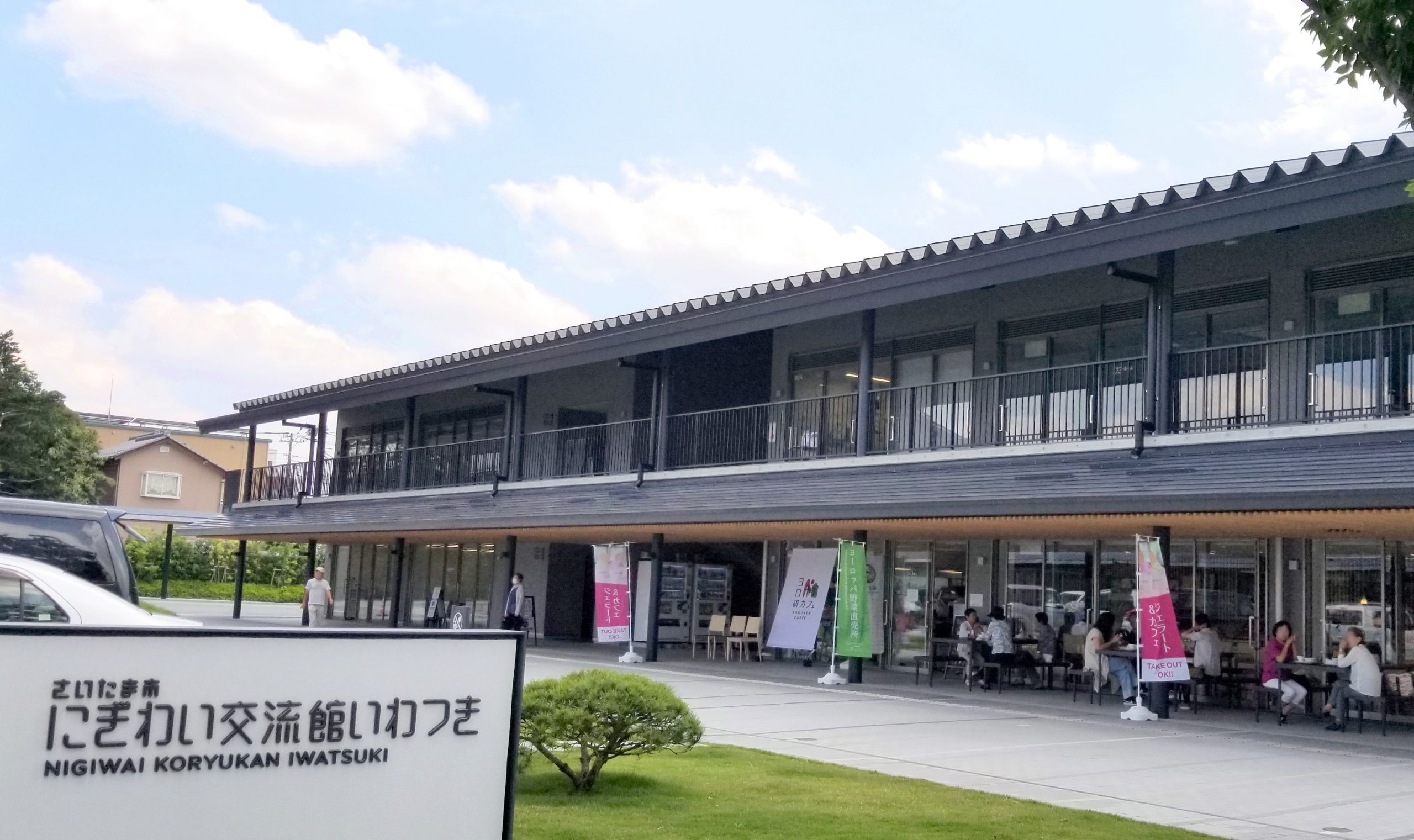
At our exchange center, attached to the Iwatsuki Doll Museum, we promote the history and culture of Iwatsuki. You can participate in various fun events, try cafe menus, local specialties, eat delicious locally harvested vegetables, gain new knowledge, and meet new people! This is a joyful place where people and information come together.
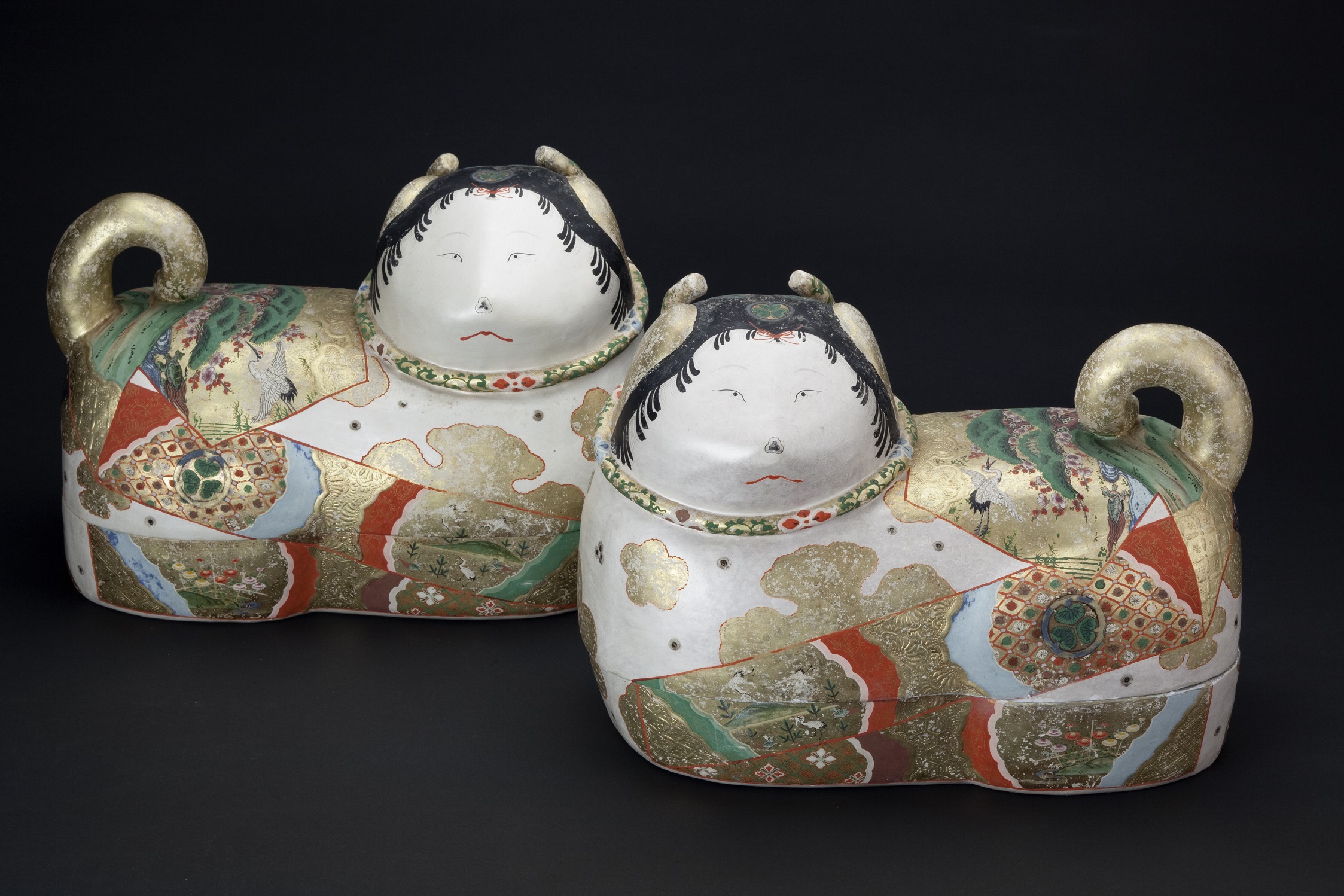
“Saitama City Iwatsuki Ningyo Museum” was opened in Saitama’s Iwatsuki Ward in 2020 and explores the history of dolls and their role in people's lives, promoting the culture of dolls for the future. We are working on a project to make dolls more familiar to people through exhibitions and activities, as well as collecting and storing documents related to dolls and researching about the culture of dolls. (For more information, please see the URL below)
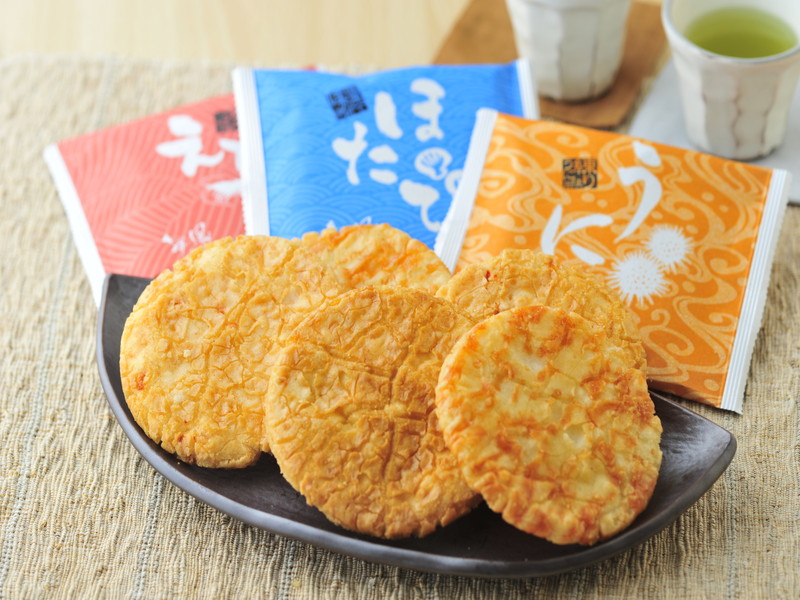
Our rice crackers (senbei) are available from a purchase of one cracker. We have more than 30 flavors available. Our senbei are individually wrapped to make them easier to eat, and gifts and seasonal Japanese sweets are also available. There is an “Inauguration Festival” in mid-April, a “Thanksgiving Festival” in mid-October, and a “Thank You Fair” at the end of June and November.

Enshrining Susanoo-no-Mikoto, the god of the sea and storms, this shrine is known to protect against evil and plague. Inside the shrine is a lion mask called the "Hirakata Lion" which is popular with locals. Every year in July, a mysterious festival is held called "Doroinkyo." This festival is designated as an intangible folk cultural asset by Saitama Prefecture. The giant zelkova tree and enoki mushrooms within the precincts are designated as natural monuments by Ageo City.
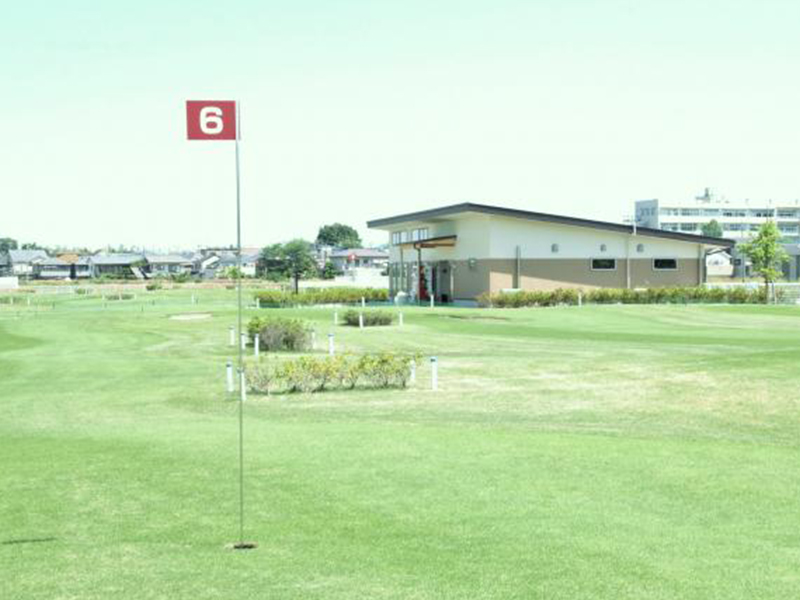
This district park is known for its stunning lawn of green grass and 18-hole golf course. In addition to the golf course, there is also a children's area, a multipurpose plaza, and a parkway that can be used for jogging and other activities. The park enables people from different generations to meet and enjoy spending a relaxing and healthy time together outdoors.
This site uses cookies to improve the user experience. If you continue to browse, you consent to the use of cookies on this site. Accept
CONTACT
